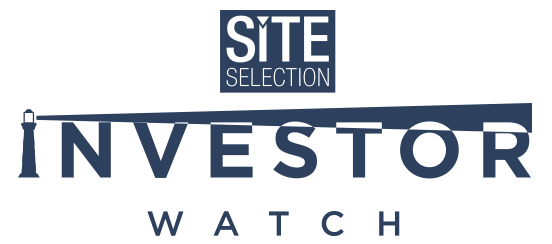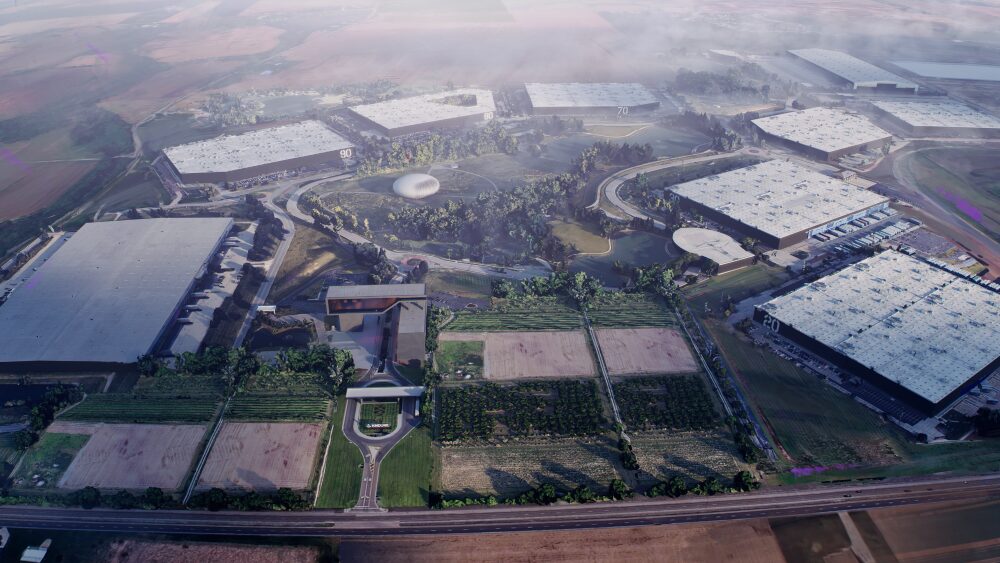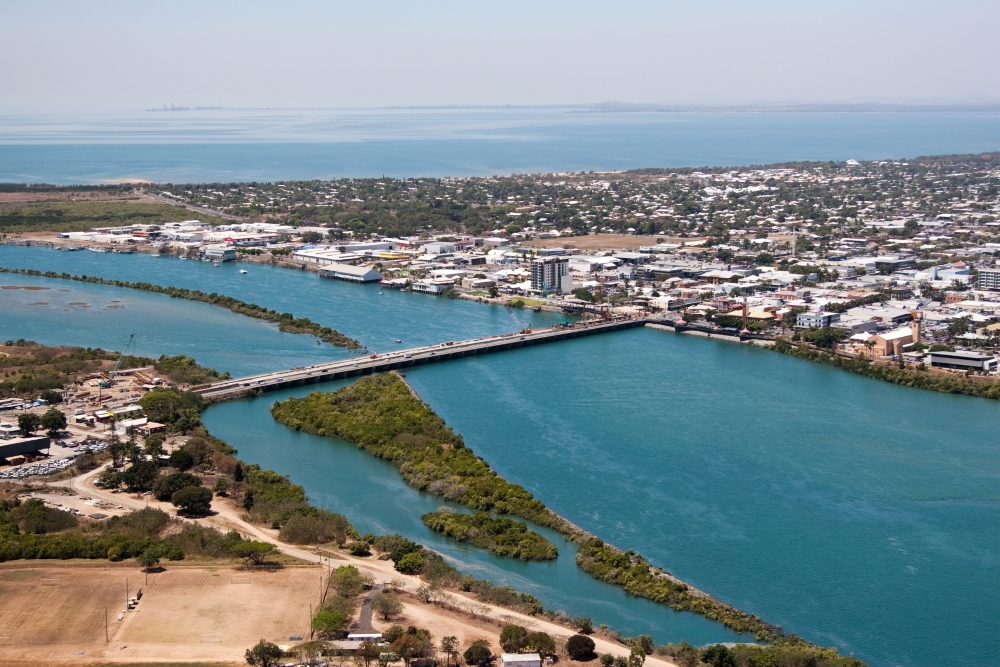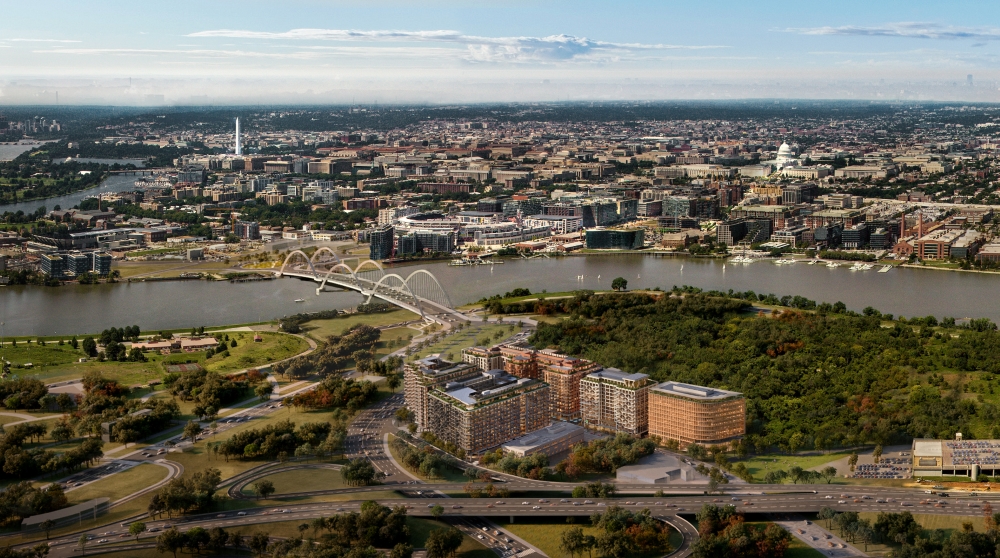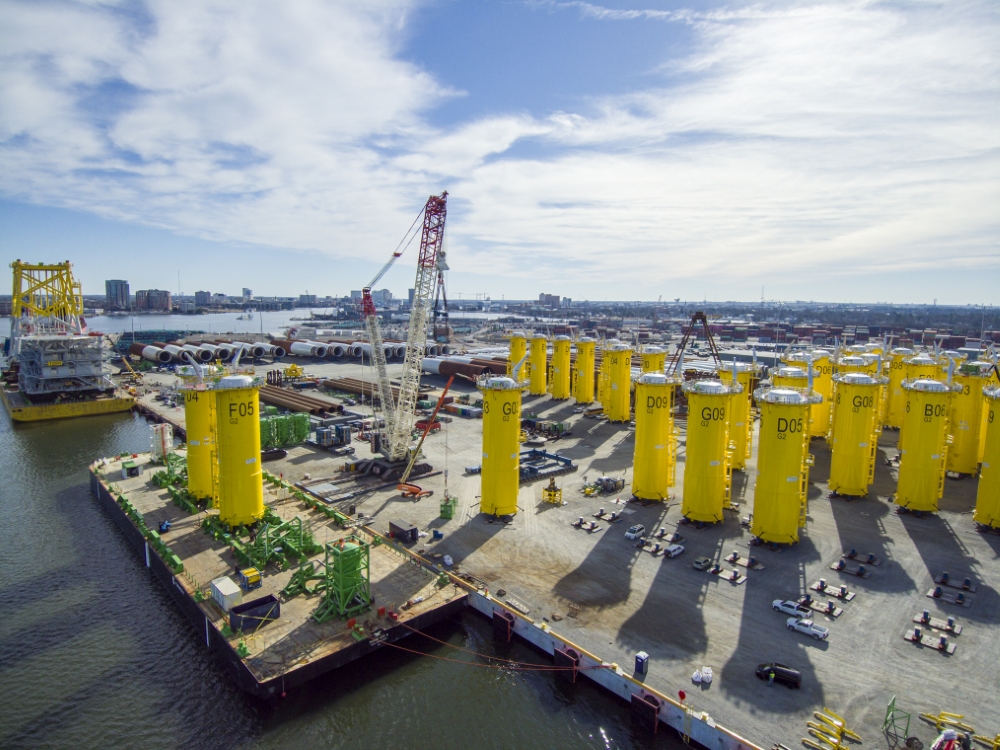|
Today land, property and real estate analytics curator ATTOM released its Year-End 2024 U.S. Opportunity Zones Report. ATTOM looked at 3,783 zones around the United States with sufficient data to analyze, meaning they had at least five home sales in the fourth quarter of 2024. “The report found that median single-family home and condo prices increased from the third quarter of 2024 to the fourth quarter of 2024 in 49% of Opportunity Zones around the country with enough data to measure,” ATTOM states. “They were up annually in 61% of those zones.”
Among location-oriented findings: “Among states that had at least 25 Opportunity Zones with enough data to analyze during the fourth quarter of 2024, the largest portions of zones where median prices increased annually were in Indiana (medians up from the fourth quarter of 2023 to the fourth quarter of 2024 in 75% of zones), Missouri (74%), Wisconsin (73%), Kentucky (72%) and New Jersey (71%). States where prices were up annually in the smallest portion of zones included Louisiana (median prices up in 44% of zones), Alabama (44%), Arizona (46%), Florida (50%) and Texas (50%).”
OZs are a hot topic in the nation’s capital as they may be renewed in forthcoming legislation. See Site Selection’s most recent coverage of the topic from our November 2024 issue as well as our November 2023 report featuring insights from former Economic Innovation Group Research Director Kenan Fikri, now director of the Regional Economic Research Initiative for the U.S. Department of Commerce.
“Micro-markets inside Opportunity Zones continue to reap remarkably consistent benefits from the home-price boom that is still reaching far and wide across the country,” said ATTOM CEO Rob Barber. “Again and again, we are seeing notable levels of economic potential in these areas that have long been in need of revival. This keeps happening as rising values and tight supplies of homes for sale push many buyers on limited budgets into areas they may not have considered a few years ago … Opportunity Zone price trends are far from consistent, with the lowest-end areas struggling to keep up. That’s a warning sign for those neighborhoods. But the big takeaway from the latest data is that significant money is flowing into these locations, which can provide a steppingstone for the investment that the Opportunity Zone legislation is intended to spur.”
|
